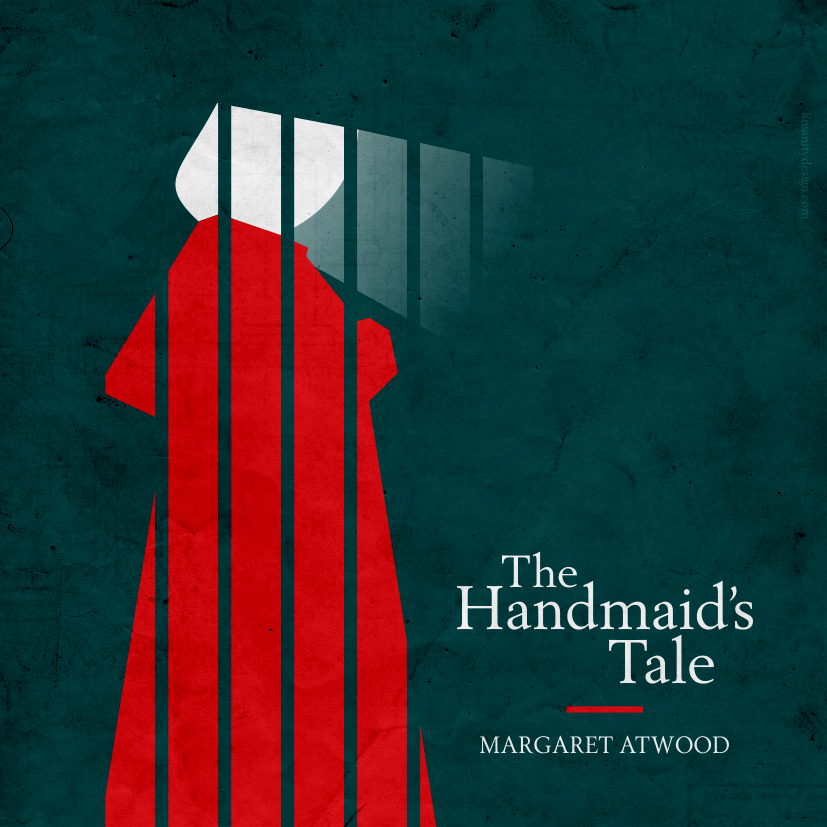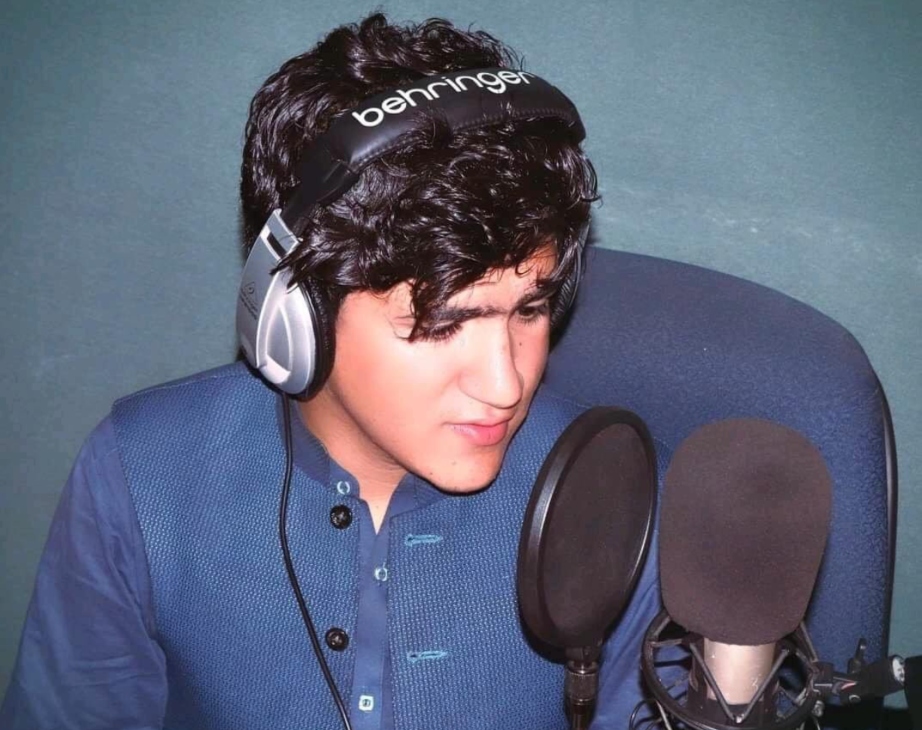What does freedom of expression mean for someone with a disability?
The United Nations’ Convention on the Rights of Persons with Disabilities was adopted in 2006, and has now been signed by 82 countries. The convention amongst the document’s 50 articles, there is one that specifically guarantees disabled persons the right to freedom of expression:
States Parties shall take all appropriate measures to ensure that persons with disabilities can exercise the right to freedom of expression and opinion, including the freedom to seek, receive and impart information and ideas on an equal basis with others and through all forms of communication of their choice, as defined in article 2 of the present Convention, including by:
a) Providing information intended for the general public to persons with disabilities in accessible formats and technologies appropriate to different kinds of disabilities in a timely manner and without additional cost;
b) Accepting and facilitating the use of sign languages, Braille, augmentative and alternative communication, and all other accessible means, modes and formats of communication of their choice by persons with disabilities in official interactions;
c) Urging private entities that provide services to the general public, including through the Internet, to provide information and services in accessible and usable formats for persons with disabilities;
d) Encouraging the mass media, including providers of information through the Internet, to make their services accessible to persons with disabilities;
e) Recognizing and promoting the use of sign languages.
The United Kingdom is one of the countries that has ratified the convention, and statistics on media literacy for disabled persons in the UK shows just how important it is to increase access to information across different channels. According to the UK regulator Ofcom, 64 per cent of disabled persons use television as a source of news, and are more likely than their able-bodied counterparts to rely on one source for news.
According to Jo Roach, who has worked with people with learning disabilities for over 30 years, freedom of expression hinges on having equipment and support workers who can “understand the person’s needs”. Roach says that the support worker is key to learning how to use things like the internet.
“If support workers aren’t well-informed, you aren’t well-informed,” says Roach.
This is particularly important when thinking of ever-advancing mobile phone access and capabilities: while internet usage for disabled persons currently sits at 62 per cent, mobile phone access is 82 per cent. Most disabled people under 65 use mobile phones for calls and text messages. With smartphone penetration on the rise in the UK, there are possibilities for increasing accessibility for disabled persons — but this relies entirely on access to not only the equipment, but tailored training on how to use it.
Smartphones open up the doors to apps catering to disabled persons, and this is already being explored. For example, the voice-operated “Georgie” app, which helps blind users find buses or navigate. The UK’s Department for Work and Pensions recently announced a plan to train 200 people to use the application. Apple’s iPhone has been celebrated for the usability of its “assistive” features, and this also increases options for developers of apps.
But there is still a long way to go: the head of London-based accessibility consultancy Hassell Inclusion, Jonathan Hassell, told the Guardian that a narrow definition of accessibility could also be a barrier:
“In audience terms, the needs of the small audience of totally blind people are being catered for well, whereas the needs of the much larger audience of people with more moderate vision difficulties, probably because of ageing, seems to be being ignored.”
While this is a slow process, it will surely improve in the coming years.




